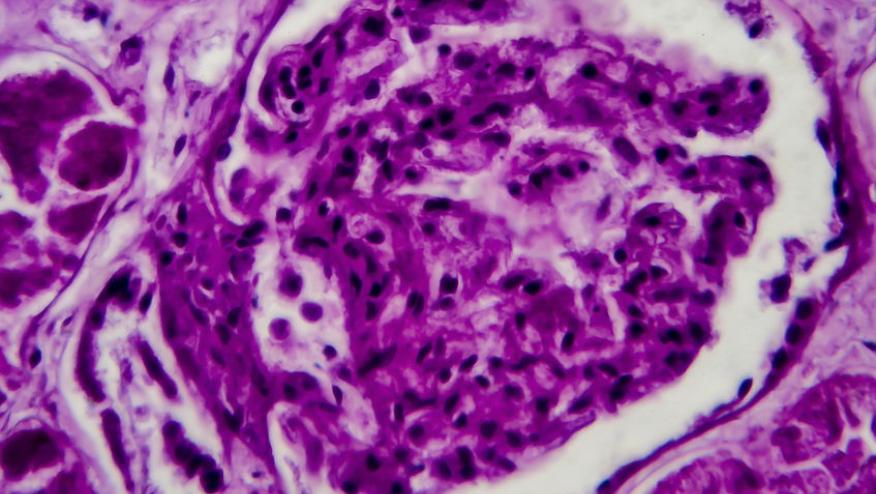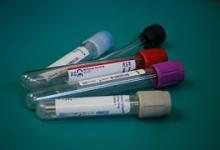Tacrolimus in Lupus Nephritis Management Save

The last day of the ACR Convergence 2025 was still packed with a variety of interesting sessions that participants can learn from before heading back home. Among them was abstract 2697 from Prof. Sandra Navarra and colleagues where they compared the efficacy and safety of tacrolimus (TAC) and glucocorticoids GCs) vs. mycophenolate mofetil (MMF) as a continuous induction-maintenance treatment for class III/IV+V Lupus Nephritis (LN). This was a prospective multicenter RCT which ran from 2015 to 2024. Patients with biopsy-proven active class III/IV+V LN were randomized 1:1 to a TAC or MMF arm.
All patients received IV methylprednisolone for 3 days followed by oral prednisone (0.7mg/kg/day) then a per protocol taper until 5mg/day by week 33 in combination with either TAC (initial dose 2mg BID; target trough level 6-8ng/mL) or MMF (1g BID) then followed for 96 weeks.
The primary endpoint was sustained renal response (SRR) at week 96 defined by the following: >50% proteinuria reduction and <1g/day; SCr <15% above baseline or eGFR >60mL/min/1.73m2; no disease flare or rescue therapies. Secondary efficacy endpoints were complete renal remission (CRR) at wk 96, partial renal remission (PRR) at wk 96.
A total of 130 patients were included in the study (65 for each group). The SRR for both TAC (58.5%) and MMF (69.2%) arms were similar (p=0.20) showing comparable efficacy of TAC plus GCs with MMF plus GCs for continuous induction-maintenance treatment. Additionally, the TAC arm showed earlier achievement of CRR in the first year compared with the MMF arm, but there was no difference in SRR rate between the two arms throughout the study period. Overall adverse events were similar for both groups, TAC 69.2% and MMF 70.8%), [(p = 1.00) while severe AEs were reported more in the MMF group (30.8% vs. TAC 12.3%, p=0.02). Acute kidney injury (16.9% vs. 3.1%, p=0.02) and tremors (16.9%, p=0.002)) were more common in the TAC group while leucopenia (12.3% vs. 1.5%, p=0.03%) were more seen in the MMF group.
The data presented in this study emphasize the critical role of CNIs (TAC) as an effective and well-tolerated therapeutic option for lupus nephritis (LN) management. The documented adverse event profile was consistent with established safety data for both TAC and MMF; thus, continued vigilance in monitoring for drug-specific adverse effects is necessary. Furthermore, the results may enhance prescriber confidence among rheumatologists when considering TAC for LN, especially in contexts where its availability and cost-effectiveness are advantageous.










If you are a health practitioner, you may Login/Register to comment.
Due to the nature of these comment forums, only health practitioners are allowed to comment at this time.